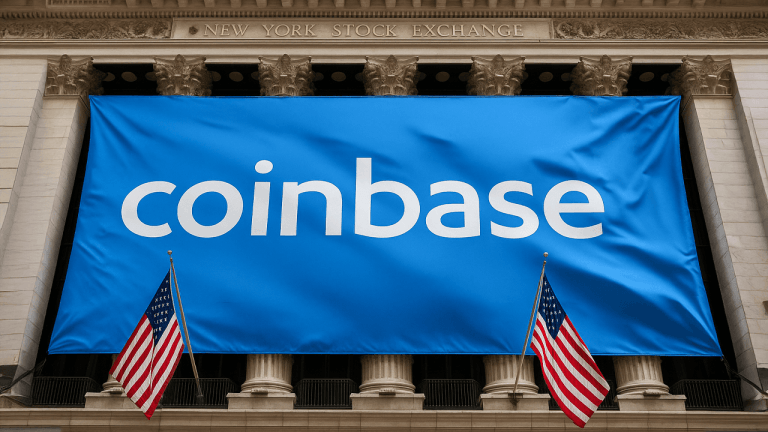If money talks, the green energy transition remains hushed
6 min read

Current strategies to deploy public and private capital
“As many folks know, we aren’t doing that well on the 2030 Paris Agreement targets,” the legally-binding international climate treaty signed by 196 parties in 2015, said Dan Carol, a senior director at the Milken Institute’s Center for Financial Markets.
“We have a weird paradox where power and oil demand are up, while electric vehicle adoption is increasing at the same time,” he said.
Milken Institute
“The reality is that if we want to have a sustainable approach, we can’t pretend we are going to phase out fossil fuels anytime soon,” said Oscar Fahlgren, chief investment officer for Mubadala Capital, a global asset management company. “There is no solution that involves phasing out fossil fuels fast.”
Other panelists agreed that the answer lies in accepting some so-called dirty energy providers in the interim, while moving toward clean energy solutions.
For instance, many utilities are now generating a great deal of energy from solar-powered systems, but the sun doesn’t produce energy at night. So they are moving to natural gas, rather than coal, until battery-storage solutions are more readily available. Natural gas is considered cleaner than coal, but isn’t a clean energy source.
A lot of ESG or climate-friendly investors and funds have taken the approach of not funding climate unfriendly assets and the net effect of that is the worst assets that pollute the most are getting starved of capital and used more opportunistically by other types of investors for cash generation, Fahlgren said.
His company invests in oil refineries, and runs them more efficiently, which lessens their impact on the environment, he said.
Even as Fahlgren argues oil and gas companies are being starved for capital, Mark Gallogy, co-founder and managing partner of Three Cairns Group, an investment and philanthropic firm focused on the climate crisis, said oil and gas companies have received $1.5 trillion in subsidies in recent years.
He said globally the same amount needs to be spent on green energy annually to move the planet toward net zero carbon emissions, but only tens of billions have been dedicated to supporting such efforts.
“We are so off-track it’s breathtaking,” Gallogy said.
While investors in the sector try to figure out how to effectively deploy enough capital toward green energy to move the needle, the human loss and destruction wrought by climate change is rising.
Climate catastrophes have been causing devastating impacts around the world, said Helen Mountford, president and CEO of ClimateWorks.
“We are seeing wildfires, increasing heat events and storms,” Mountford said. “We are losing lives and infrastructure. We know we are not yet where we need to be to keep the temperatures below 5 degrees Celsius in coming decades, but we are bringing temperatures down.”
To limit global warming to 1.5°C, greenhouse gas emissions must peak before 2025 at the latest and decline 43% by 2030, according to the goals of the Paris Agreement. The treaty’s ultimate goal is to reach net zero by 2050, which means adding no new carbon emissions globally by then.
Instead, the earth’s temperature was about 1.36 degrees Celsius warmer in 2023 than in the pre-industrial period that ended in 1900, according to NASA, which says the past 10 years have been the warmest on record.
Closer to home, the effects of climate change are being experienced more regularly through catastrophic events like the Maui fire, historic flooding in California and southeastern tornadoes.
The nation experienced 28 separate billion-dollar weather and climate disasters, which included the Maui fire and California flooding, for a record-breaking $92 billion in total damages in 2023,
Pressures on investment banks and underwriters by
Three investment firms, who manage a combined $14 trillion in assets, in February pulled out of Climate Action 100+, a global investor coalition that agreed in 2017 to push companies to rein in climate-damaging emission,
The firms announced their decision after the leaders of Climate Action 100+ asked signatories to take stronger action to propel efforts to reduce emissions.
Financial firms have faced pressures over involvement in such efforts from Republican politicians, who have suggested committing to environmental action plans represents a breach of antitrust law or fiduciary duty. None of the groups reportedly cited politics as a factor in their decision.
Speakers also suggested that cap and trade has not lived up to its promise to provide capital, while critics say the auctions are driving up energy costs.
Cap and trade charges polluters for carbon emissions, ideally generating revenue for programs that reduce emissions.
In public finance, cap and trade capital has not flowed as much as we would like, but the Inflation Reduction Act shows promise, the Milken Institute’s Carol said.
“We think we are on track to make the greatest investment in energy security in U.S. history,” said Adam Wang-Levine, deputy assistant secretary for climate, environment and infrastructure in the U.S. Department of the Treasury. “We have $282 billion of private investment in climate-related projects in addition to the $22 billion investment in utilities we have made.”
Treasury in March
The Biden administration, which calls the provision a cornerstone of the climate law,
Even as Milken panelists were questioning the success of carbon pricing programs, California
The state has provided funding to $11 billion projects and earmarked the remaining $17 billion to future projects, according to a release from Gov. Gavin Newsom’s office. The money has gone to build affordable housing near job centers, support the state’s high-speed rail project and added zero-emission transportation options in underserved communities, according to the governor’s office.
In Washington state,
The nascent program began operations in January 2023. It seeks to cap overall carbon emissions by allowing polluting businesses to obtain allowances equal to their greenhouse gas emissions by paying for them through a quarterly auction hosted by the state’s Department of Ecology. As with other cap-and-trade programs, the allowances can then be







